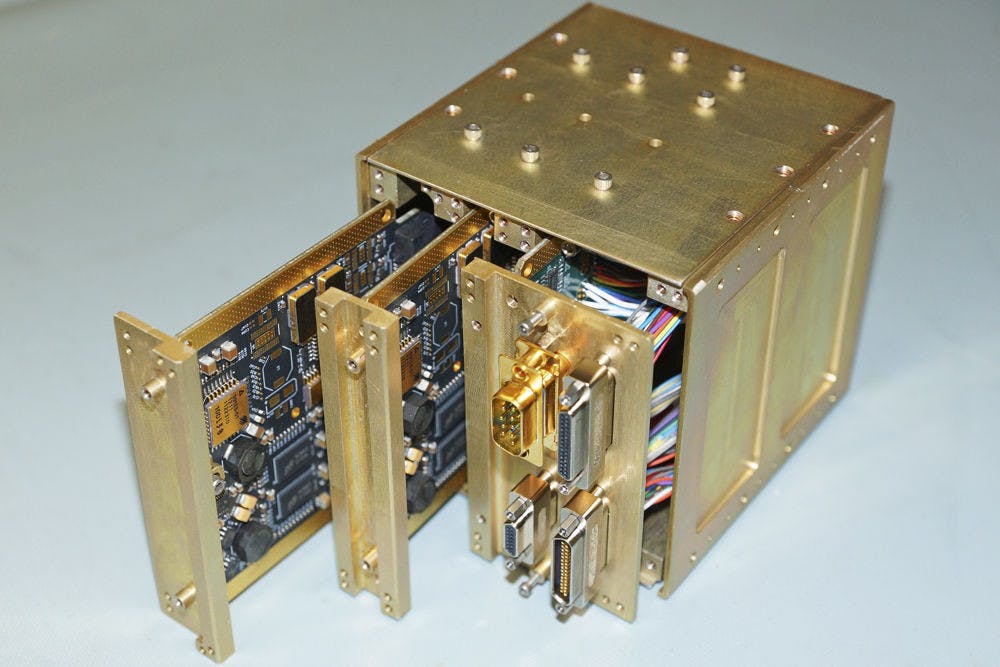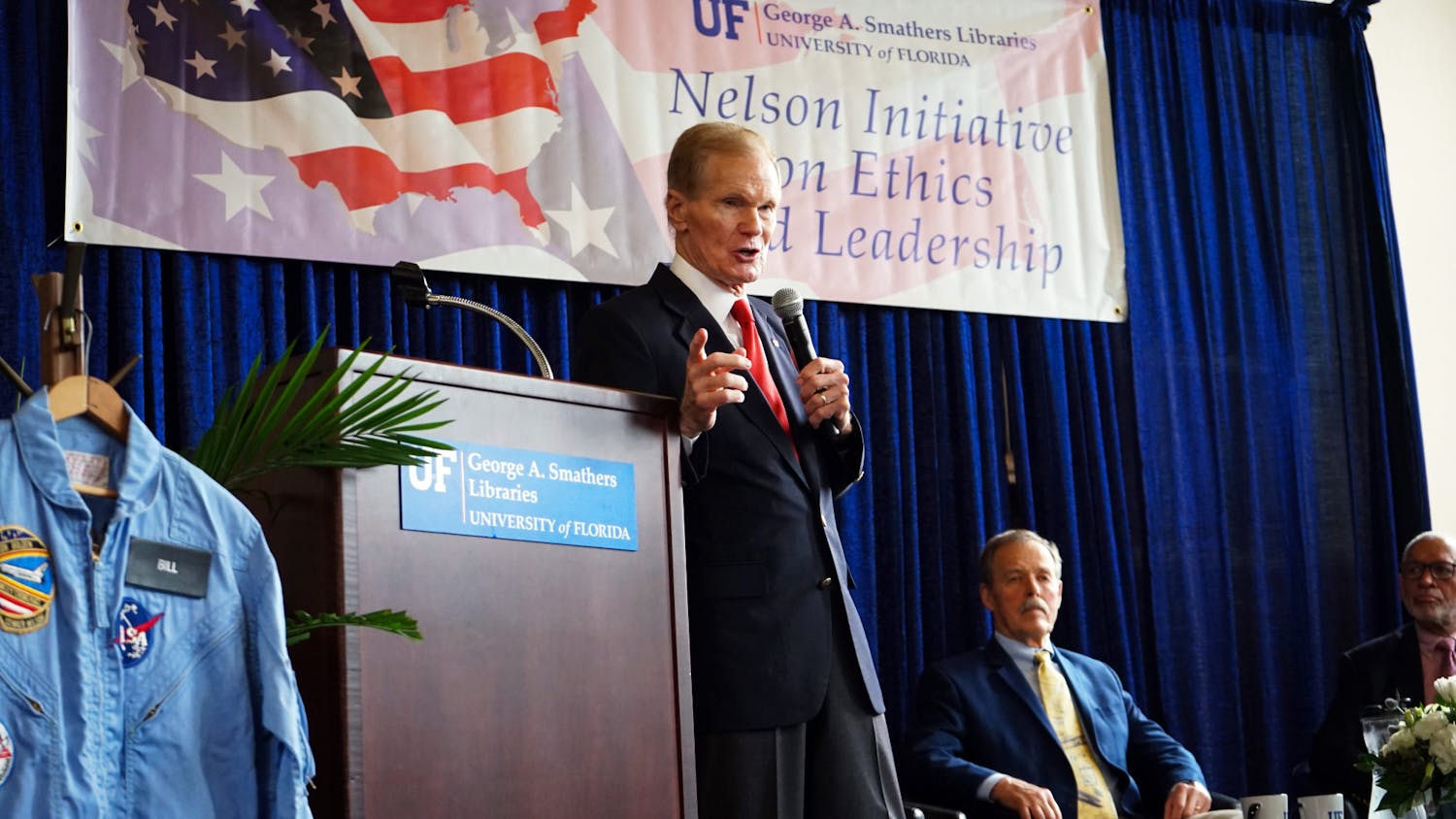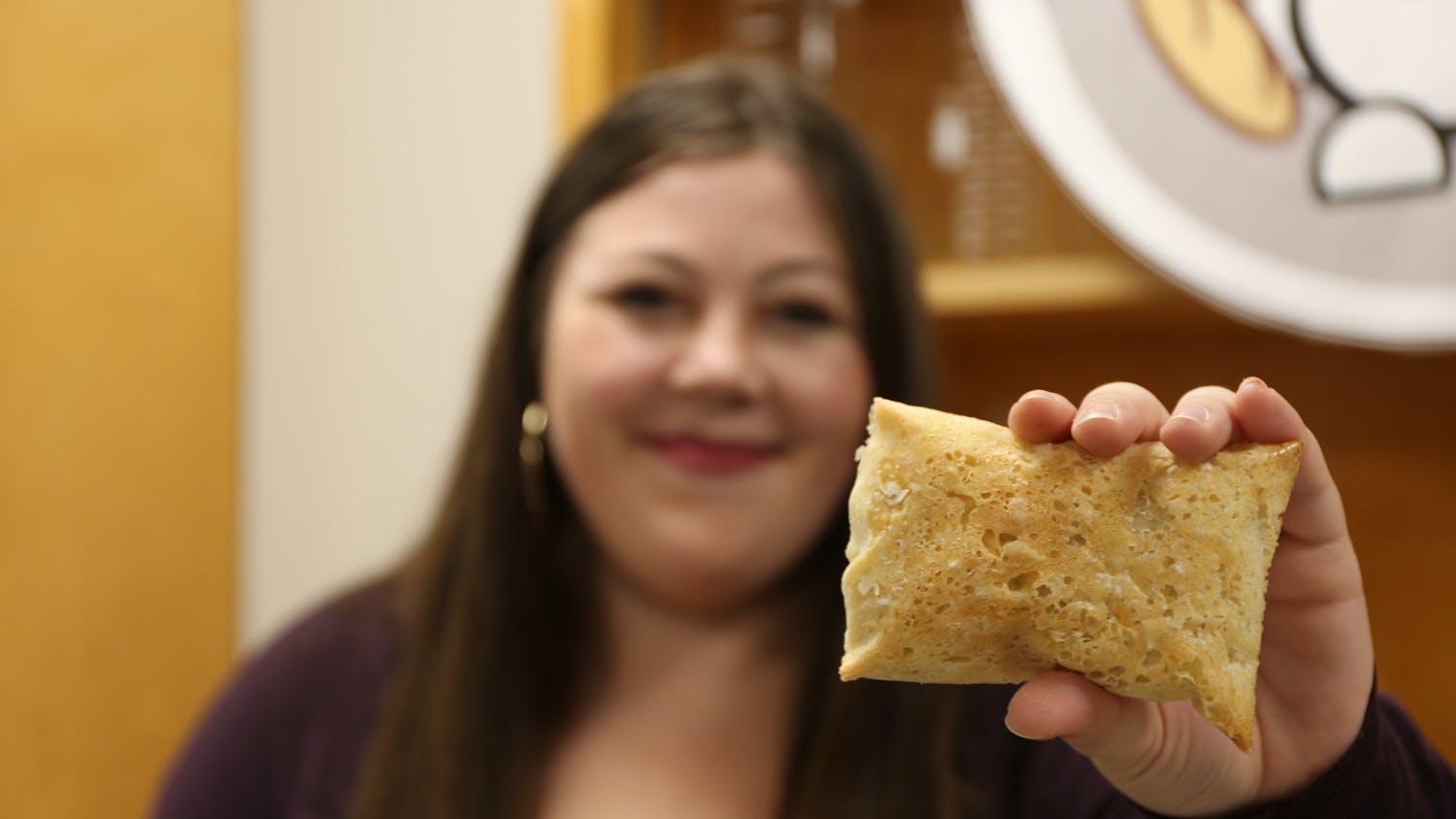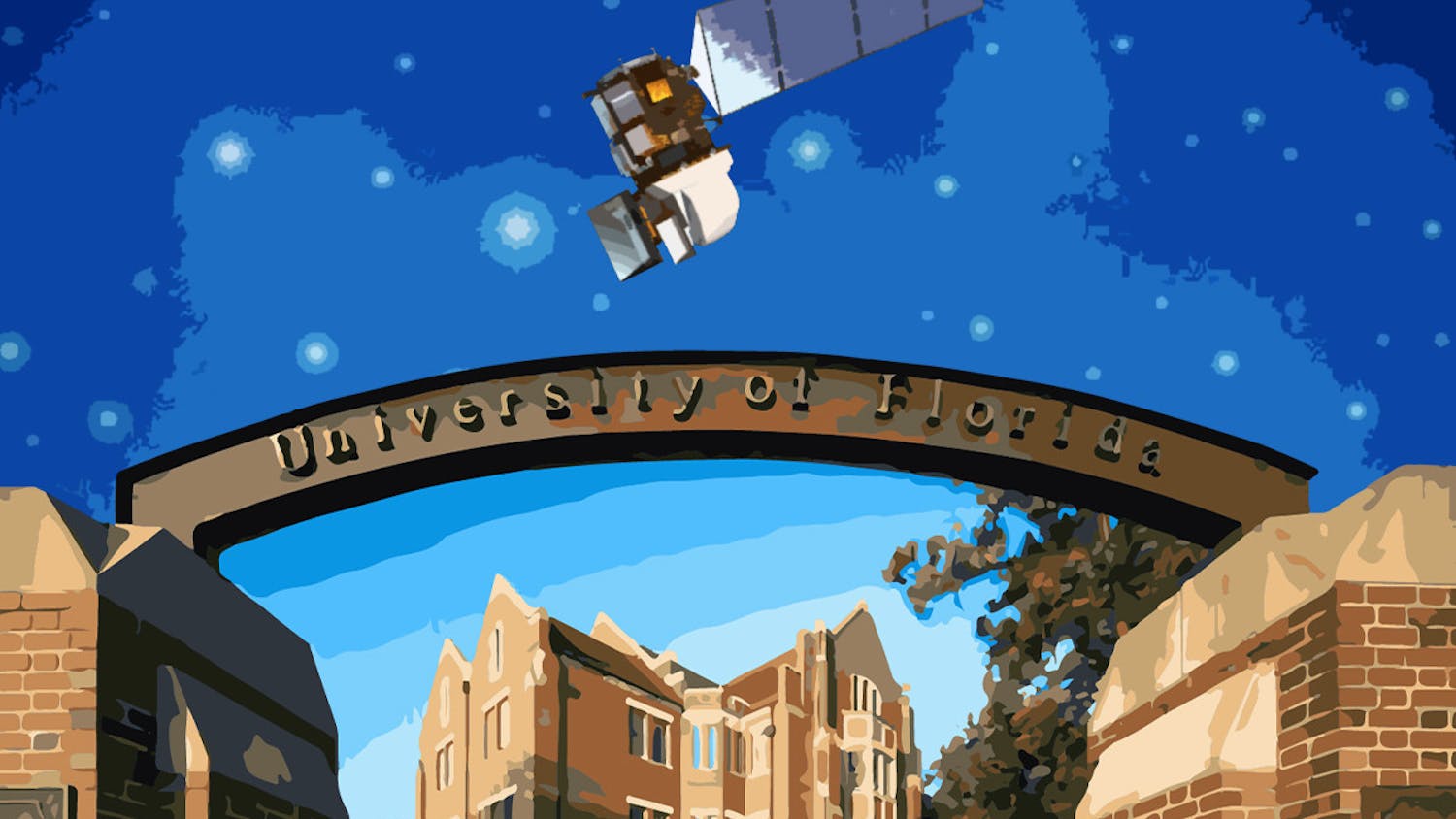For a group of UF students, work is actually rocket science.
The National Science Foundation Center for High-Performance Reconfigurable Computing, or CHREC, has created a computer that NASA will use in three upcoming missions in 2016 and 2017.
Alan George, creator of CHREC and a UF professor of electrical and computer engineering, said the CHREC Space Processor, or CSP, is what collects and sends the satellite’s data to earth.
“Space computers are the heart of every spacecraft,” he said.
George said it was designed using a hybrid approach, combining radiation-hardened electronics, fault-tolerant computing and higher-grade commercial electronics. This is the first time these technologies have been used to create the space processor.
The radiation-hardened electronics means the CSP won’t break down or malfunction in the radiation-filled universe. Fault-tolerant computing is a fact-checking mechanism. The CSP uses high-grade commercial electronics, which also keeps the cost down.
As a result, George said the CSP will process and update faster, which makes it suited for real NASA missions.
“UF technology from UF research has been adopted by them and is being featured by them,” he said, “and that’s really how we see our role in the space program.”
George said creating successful technology for space missions is the ultimate challenge.
“It’s like New York City: If you can make it there, you can make it anywhere,” George said. “Every place else is easy by comparison.”
This project involves about a dozen undergraduate students and six graduate students. George said the ratio is rare — usually there are more graduate students.
The centerpiece facility for CHREC research is Novo-G. In development at the UF site of CHREC since 2009, Novo-G is the most powerful reconfigurable supercomputer in the known world.
James MacKinnon, a 28-year-old UF first-year graduate student, built the CSP camera system. His work has earned him a future spot with NASA’s Goddard Space Flight Center.
“The CHREC lab has really caused me to push myself and learn more than I would ever learn in my classes,” MacKinnon said.
Chris Wilson, the leader of CSP’s student team and a third-year Ph.D. student focusing on hybrid space computing, said CSP is an ongoing project and will continue to have the support of the CHREC.
“We’ll probably continue planning missions and doing stuff until people say, ‘No, we’re sick and tired of it, we need a new one,’” Wilson, 26, said.
He said George would say, “That’s the beauty of the research we do.”
“I think it’s definitely been a journey,” Wilson said, “but it’s definitely given everyone the confidence that we can build what we have now and actually tackle a lot more complicated missions.”
[A version of this story ran on page 5 on 2/16/2015 under the headline “UF students help build computer for upcoming NASA missions"]
The university research labs of the NSF Center for High-Performance Reconfigurable Computing (CHREC, pronounced “shreck”) is equipped with powerful facilities that support its research projects.
Other major projects include the Cray XE6m supercomputer named George at the GWU site and the GPU-centric supercomputer named HokieSpeed at the VT site.
Pictured is the CSP-ISEM, one of the computer systems that will go up on a NASA mission to the International Space Station.






